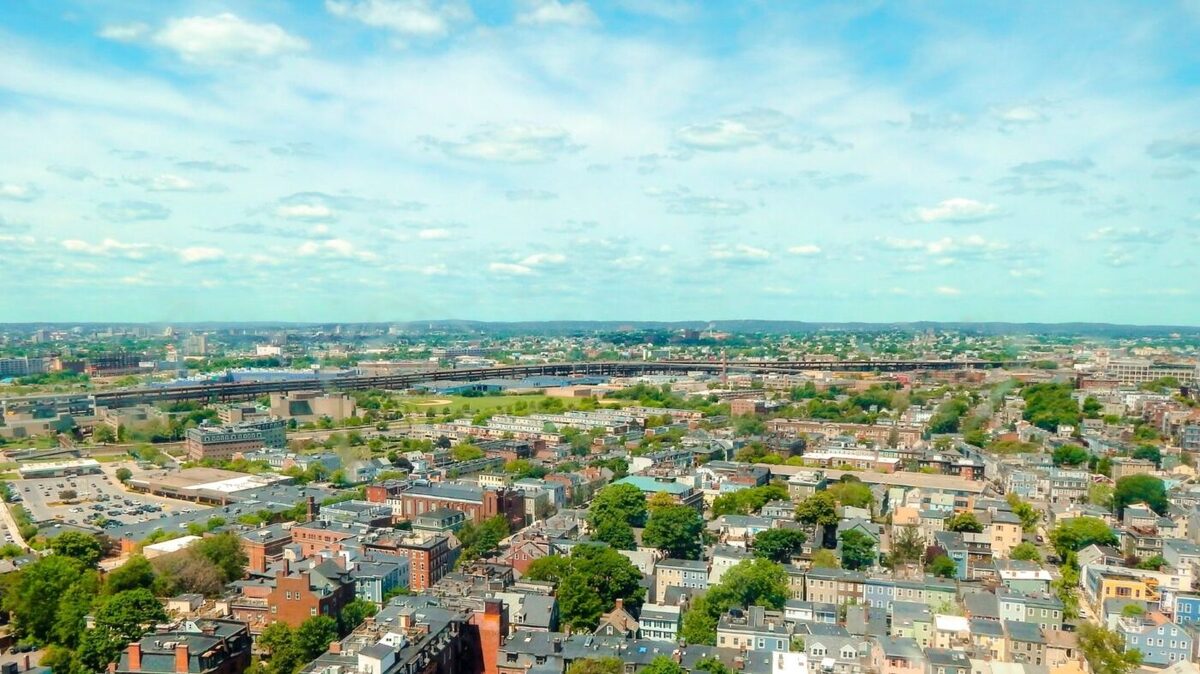Pending Home Sales Recover in June, Grow 1.5 Percent
WASHINGTON (July 31, 2017) — After declining for three straight months, pending home sales reversed course in June as all major regions, except for the Midwest, saw an increase in contract activity, according to the National Association of Realtors®.
The Pending Home Sales Index*, www.nar.realtor/topics/pending-home-sales, a forward-looking indicator based on contract signings, climbed 1.5 percent to 110.2 in June from an upwardly revised 108.6 in May. At 0.5 percent, the index last month increased annually for the first time since March.
Lawrence Yun, NAR chief economist, says the bounce back in pending sales in most of the country in June is a welcoming sign. "The first half of 2017 ended with a nearly identical number of contract signings as one year ago, even as the economy added 2.2 million net new jobs," he said. "Market conditions in many areas continue to be fast paced, with few properties to choose from, which is forcing buyers to act almost immediately on an available home that fits their criteria."
Added Yun, "Low supply is an ongoing issue holding back activity. Housing inventory declined last month and is a staggering 7.1 percent lower than a year ago."
Yun does note that there could potentially be a sliver of increased hope in the months ahead for prospective first-time buyers, who continue to struggle reaching the market1. Sales to investors last month were the lowest of the year (13 percent), which helped push all cash transactions to 18 percent – the smallest share since June 2009 (13 percent).
"It appears the ongoing run-up in price growth in many areas and less homes for sale at bargain prices are forcing some investors to step away from the market," said Yun. "Fewer investors paying in cash is good news as it could mean a little less competition for the homes first-time buyers can afford. However, the home search will still likely be a strenuous undertaking in coming months because supply shortages in most areas are most severe at the lower end of the market."
Heading into the second half of the year, Yun expects existing-home sales to finish around 5.56 million, which is an increase of 2.6 percent from 2016 (5.45 million). The national median existing-home price this year is expected to increase around 5 percent. In 2016, existing sales increased 3.8 percent and prices rose 5.1 percent.
The PHSI in the Northeast inched forward 0.7 percent to 98.0 in June, and is now 2.9 percent above a year ago. In the Midwest the index decreased 0.5 percent to 104.0 in June, and is now 3.4 percent lower than June 2016.
Pending home sales in the South rose 2.1 percent to an index of 126.0 in June and are now 2.6 percent above last June. The index in the West grew 2.9 percent in June to 101.5, but is still 1.1 percent below a year ago.
The National Association of Realtors®, "The Voice for Real Estate," is America's largest trade association, representing 1.2 million members involved in all aspects of the residential and commercial real estate industries.
The Pending Home Sales Index*, www.nar.realtor/topics/pending-home-sales, a forward-looking indicator based on contract signings, climbed 1.5 percent to 110.2 in June from an upwardly revised 108.6 in May. At 0.5 percent, the index last month increased annually for the first time since March.
Lawrence Yun, NAR chief economist, says the bounce back in pending sales in most of the country in June is a welcoming sign. "The first half of 2017 ended with a nearly identical number of contract signings as one year ago, even as the economy added 2.2 million net new jobs," he said. "Market conditions in many areas continue to be fast paced, with few properties to choose from, which is forcing buyers to act almost immediately on an available home that fits their criteria."
Added Yun, "Low supply is an ongoing issue holding back activity. Housing inventory declined last month and is a staggering 7.1 percent lower than a year ago."
Yun does note that there could potentially be a sliver of increased hope in the months ahead for prospective first-time buyers, who continue to struggle reaching the market1. Sales to investors last month were the lowest of the year (13 percent), which helped push all cash transactions to 18 percent – the smallest share since June 2009 (13 percent).
"It appears the ongoing run-up in price growth in many areas and less homes for sale at bargain prices are forcing some investors to step away from the market," said Yun. "Fewer investors paying in cash is good news as it could mean a little less competition for the homes first-time buyers can afford. However, the home search will still likely be a strenuous undertaking in coming months because supply shortages in most areas are most severe at the lower end of the market."
Heading into the second half of the year, Yun expects existing-home sales to finish around 5.56 million, which is an increase of 2.6 percent from 2016 (5.45 million). The national median existing-home price this year is expected to increase around 5 percent. In 2016, existing sales increased 3.8 percent and prices rose 5.1 percent.
The PHSI in the Northeast inched forward 0.7 percent to 98.0 in June, and is now 2.9 percent above a year ago. In the Midwest the index decreased 0.5 percent to 104.0 in June, and is now 3.4 percent lower than June 2016.
Pending home sales in the South rose 2.1 percent to an index of 126.0 in June and are now 2.6 percent above last June. The index in the West grew 2.9 percent in June to 101.5, but is still 1.1 percent below a year ago.
The National Association of Realtors®, "The Voice for Real Estate," is America's largest trade association, representing 1.2 million members involved in all aspects of the residential and commercial real estate industries.


 Menu
Menu




